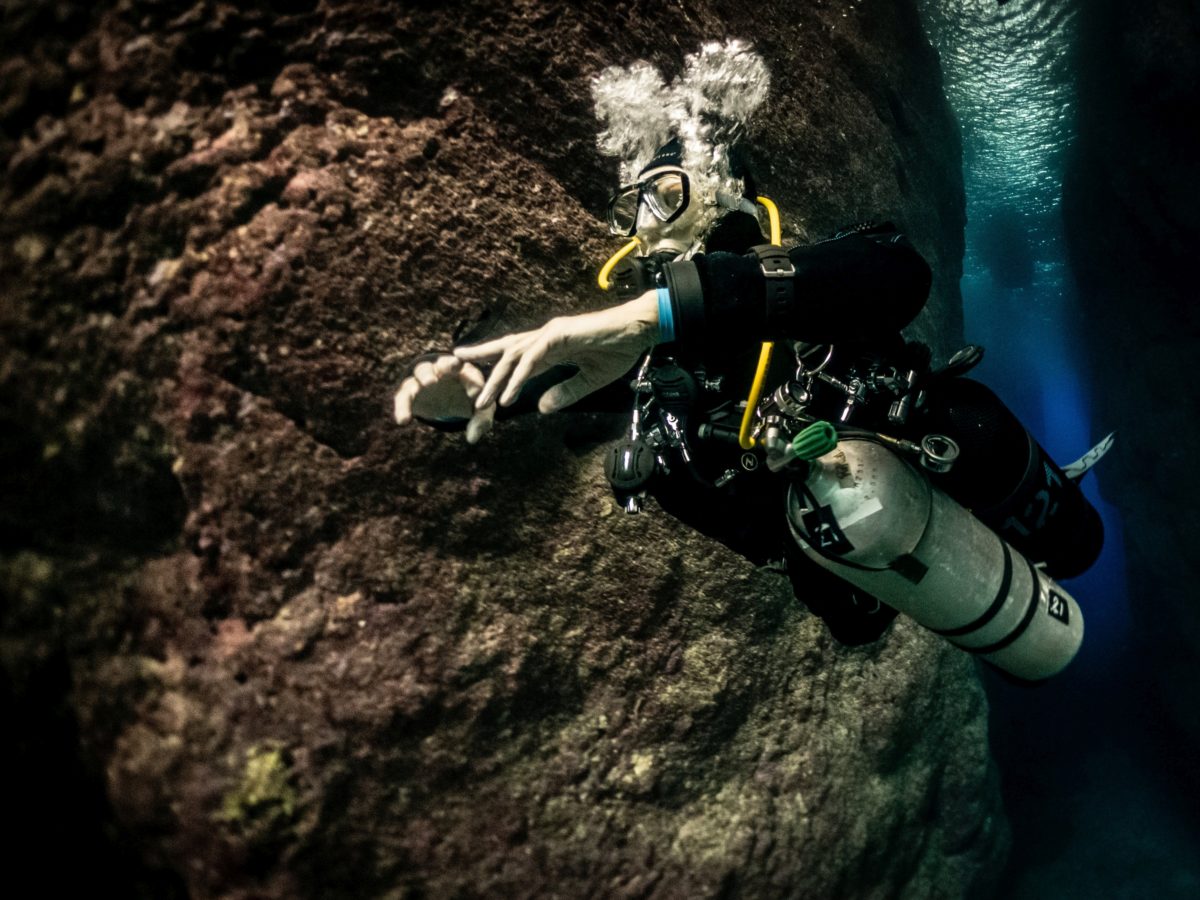
If you've ever wondered how you can equalize your ears, this is the place for you. Toynbee's maneuver is safe and effective. It doesn’t involve the Valsalva maneuver that is the common approach. Instead, it involves gently sucking in and out of the mouth. You'll notice a difference in your hearing after swallowing.
Eustachian tubes are equalized by swiping
The eustachian tubes are a series of passageways that connect the middle ear with the nasopharynx, or back of the nasal cavity. They function to equalize air pressure in the middle ear by opening and closing. Swallowing and chewing open the tubes, allowing air to enter the middle. When the tubes are blocked, the middle ear cannot function properly, resulting in hearing loss.
An obstructed eustachian canal can cause discomfort and pain in your ears. It may also lead to damage. This condition is usually temporary and can easily be treated by addressing the root cause. The treatment options include decongestants or antibiotics. Some cases may require surgery in order to restore normal eustachian function.

Valsalva maneuver doesn't equalize ears
There are many ways you can equalize the volume of your ears. The maneuver works by pinching your nostrils and blowing through your nose, creating excess throat pressure that pushes air through your Eustachian tubes and opens them. The Valsalva maneuver can be useful, even though it's not as effective as breathing through the mouth.
Another technique to equalize your ears is the use of your nostrils to squeeze and blow air into your sinuses. This is the simplest way to equalize ears. Although this works well, avoid blowing too hard on your nose. It can cause more damage to your ears. Blowing too hard can cause damage to your ears and even break your round windows.
Toynbee maneuver safestows ears
The Toynbee maneuver equalizes the pressure in the middle ear. Because the middle ear has a dead air space, they need to be equalized to match their pressures. To do this, one should swallow and then gently pinch their nose. This can reduce pain due to middle ear pressure imbalance.
To avoid locking your Eustachian tubes, it is important to practice the maneuver. Too much pressure can cause these tissues to close. This is why it is so important to be able to execute the Toynbee maneuver properly.

Improper equalization symptoms
Free divers require the use of proper equalization techniques. Incorrect equalization can lead to inner ear barotrauma. Valsalva maneuvers, which are particularly forceful, can cause the window to burst. This happens when the eustachian tube becomes blocked. The fluid then increases pressure, which causes the round window to burst. This can be dangerous and should prompt medical attention.
If you feel pain during equalization, stop immediately. Don't go too far, as too much equalization may cause Eustachian tubes lock. Instead, consider climbing just a few steps. If equalization is still painful you can lower yourself and continue the process. If you feel pain, try the Lowry procedure, which combines Valsalva maneuvers with the Toynbee maneuver. You can also pinch your nose and swallow to help equalize your ears.